|
Let’s be frank, this week’s story is a bittersweet tale and barker for further knowledge through the documentary film medium. (Trust me, as I know a little bit about the process.) We feature two interesting figures in American history, both named Frank, and both buried within Mount Olivet. Interestingly, this cemetery was not either man's original burying place. There are plenty of similarities between both of these “gentle” men. Each rose to the heights of their professions, but are said to have had doubts about their work on the eves of “life-changing” events. Frank and Frank also had affinities for their families, one boasting eleven children, the other three. Each loved his wife, wholeheartedly, but died many miles away from their loving arms. Lastly, each of these fellows had intricate ties to the federal government, and their fame can be traced to secret missions during wartime—and each involving a place named after our county's third secretary of war, James McHenry (1753-1816). Each suddenly found themselves as captives. In one case, an individual was freed, and soon triumphed through this experience. In the other, a man was lost, creating an intricate mystery related to national security that still exists to this day. To the victor, go the spoils. The “Frank” that starred in the success story has been remembered fondly by history as a patriot of the highest order—a fact put into motion by a song that still serves as his legacy today. His overnight stardom led to good things for his family, and advancement in his career. He was a lawyer who came to advise the US president and other national leaders. He eventually became the District Attorney for Washington DC, a post that had him arguing cases before the Supreme Court. His final resting spot here in Mount Olivet is adorned by a fine monument standing 24’ tall at the entrance of the cemetery—you can’t miss it. Much has been written and produced on his life and times, including a recent miniseries on public television. His reputation and that of his legendary song have taken a few hits, or should I say “kneels,” of late, but both are still held as treasures by his hometown of Frederick, the State of Maryland and the Smithsonian Institution. On the other hand, the second “Frank” was a renowned scientist, brought to Frederick from his native Wisconsin to work at Fort Detrick on biological warfare and weapons research. His journey would be ill-fated, with a rise to notoriety based principally on a fall, or a jump—one that would extinguish his life, and alter that of his family, forever. Memory of this man and his work appear to have been erased, or covered-up following his death. He is buried towards the back of the cemetery, close to the mausoleum complex. His gravesite is simple, marked by a bronze plaque that bearing his name and vital dates. The marker has oxidized and turned greened over the six decades since his death. Although this has tarnished, the mark and reputation of this man continues to do the opposite thanks to has continued to the research work performed of his son Eric, countless reporters, and most recently by an Academy-award winning documentarian. My job here is merely to give introductions to the fact that the mortal remains of these notable figures lie here in Mount Olivet, hopefully both in peace. At the end of the story, I invite you to watch, and learn more about these gentleman and their lives, times and deaths. From there, you are warmly welcome to visit their gravesites and pay respects. Operation Anthem Without a doubt, the most well-known, and most-written about, person in Mount Olivet Cemetery is Francis Scott Key. As a 33-year-old lawyer, he found himself on a special mission and unfortunately, in the wrong place, at the wrong time on the day of September 13th, 1814. The Frederick native had studied law, making it his life-long profession. He was top use his skills and work experience to rescue a friend and fellow American who had been captured during the British invasion of the nation’s capital during the War of 1812. 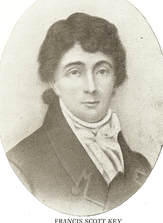 Frank Key, as he was known to friends and family, also took great pride in being an amateur poet. His skill as a lawyer is what brought him to Baltimore just days before, as he and a government agent successfully gained the release of a US prisoner captured by the British military. However, it would be his penchant for prose that would take precedence as he departed Maryland’s principal city on September 15th. If you know your history, Key and Col. John Skinner, an American agent for prisoner exchange, had convinced British high command to free Dr. William Beanes to their custody. However, the British were readying to wage an assault on Baltimore which would result in a 25-hour bombardment on Fort McHenry. The three Americans, (Skinner, Frank and Beanes) had front row seats of the bombardment as they would be detained aboard a British sloop until the battle was over. The Maryland Defenders held the fort, and thus Baltimore, throughout the day of September 13th and the night of the 14th amid deplorable conditions of wind and rain.
 A few years ago, filmmaker Phillip J. Marshall zeroed in on the life and times of Frank Key with a multipart series he was producing for Maryland Public Television (MPT). He employed a method called participatory documentary, which features the filmmaker interacting with his or her social actors, participating in shaping what happens before the camera. Marshall took this to a new level as he speaks to re-enactors as if they are the actual historical figures he is chronicling. He includes some dry humor in his approach as well. It’s a bit different and quirky, but truly a novel way to bring history alive for the viewer. Produced by Kismetic Productions, funders of this project include some folks associated with Key’s hometown of Frederick—the Delaplaine Foundation, George and (the late) Bettie Delaplaine and Mike and Marlene Young. I can proudly say that this is the same group of local individuals who also helped me make my mark as a history documentarian. The program is really a collection of two documentaries hosted by filmmaker Marshall: F. S. Key and the Song that built America and the 3-part F.S. Key: After the Song. Phillip Marshall travels in Keys’ footsteps around the state and beyond, visiting many of the places where Key would have actually stood, some drastically changed by time. The documentary also includes interesting reenactments, historian commentators and interviews with prominent people in Key’s life, such as his wife Mary Tayloe Lloyd Key, his wife. Frank called her "Polly," and she is also buried here by his side in Mount Olivet. Here is a link to the film’s trailer: Logo with link to trailer promo http://ww2.mpt.org/station_relation/FSK/Video/FSKey_Broadcast_Promo-HD1080p.mov Operation Artichoke Operation Artichoke was a CIA project that researched interrogation methods during the Cold War period following World War II. This entity arose in August 20th, 1951 out of another operation entitled Project Bluebird, which was being run by the CIA’s Office of Scientific Intelligence. A memorandum by Richard Helms to CIA director Allen Dulles indicated that Operation Artichoke became Project MK-Ultra on April 13th, 1953. Frederick’s Fort Detrick played a role, as did several scientists and researchers who worked on the base. One of these was Dr. Frank Rudolph Olson, born July 17th, 1910 in a small town named Hurley located in Iron County, Wisconsin. Seven months into Project MK-Ultra, a group of men from the CIA held a retreat of sorts at Deep Creek Lake in western Maryland’s Garrett County. Ironically, this occurred at the small hamlet of McHenry. Dubbed by the official CIA papers as the “Deep Creek Rendezvous,” this trip would turn out to be the central turning point in a major government scandal after Dr. Olson would plunge to his death from a window on the 13th floor of New York City’s Hotel Statler. 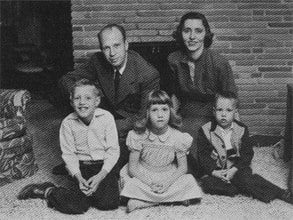 Dr. Olson with wife Alice and children (L-R) Eric, Lisa and Nils (courtesy Olson family) Dr. Olson with wife Alice and children (L-R) Eric, Lisa and Nils (courtesy Olson family) The entertainment company Netflix recently released a 6-part documentary hybrid series, named Wormwood, on Frank Olson’s mysterious and untimely death following his visit to Deep Creek Lake in November, 1953. Olson’s passing was determined a suicide, and his wife Alice, and three children were left with broken hearts, and more questions than answers in the death of their loved one. The family remained in Frederick, living in Braddock Heights. Dr. Frank Olson was originally buried in Frederick Memorial Park, located high atop Linden Hills west of downtown Frederick. Here his body would remain until 2002.
 The Washington Post carries a front page story saying that the just-released Rockefeller Commission Report on the CIA includes description of an “Army scientist.” (June 11, 1975) The Washington Post carries a front page story saying that the just-released Rockefeller Commission Report on the CIA includes description of an “Army scientist.” (June 11, 1975) I recall first hearing about the whole Frank Olson tragedy as a young boy in the mid-seventies. My family had come to Frederick (from Delaware) in 1974, after my father began a job at Fort Detrick with the National Cancer Institute as a journal editor. He was interested in the case as it resurfaced in 1975, and I recall him trying to explain Dr. Olson’s mysterious death to me as a 9 year-old. I also remember marveling at an edition of Nightline with Ted Koppel that chronicled the case and showed scenes of Fort Detrick and surrounding Frederick, while interviews were conducted with Olson family members. It all came together in my 8th grade-year as a student at Gov. Thomas Johnson Junior High school in 1981 when Mrs. Olson, herself, spoke to our Health Class about the dangers of alcohol and drug addiction. I can still see the pain in this amazingly strong woman’s face as she recounted the deaths of her husband, daughter and young grandson. Alice Olson died in 1993 of pancreatic cancer. She would be laid to rest in Mount Olivet, in a lot she had purchased back in 1978 to place the bodies of Lisa, Greg and Jonathan Hayward. When researching this piece, I found that Alice’s obituary was carried in the country’s leading papers including the Washington Post and New York Times. I was fascinated to learn from these accounts that after Frank’s death, Mrs. Olson counseled alcoholics and drug addicts in our community. The Alice Olson House, a center for women recovering from drug and alcohol addiction was named in her honor. Today the family name still exists for this cause with the Olson House for Men.  Eric Olson (courtesy Netflix) Eric Olson (courtesy Netflix) Closure has still never come to son Eric Olson, a man who has dedicated his life in pursuit of the truth of what really happened in the early morning hours of November 23rd, 1953. His persistence is remarkable, as he continues to search for new clues to prove that his father's death was no accident. He has written extensively on the subject, resulting in a a very informative website (www.FrankOlsonProject.org), along with being the premise for a documentary produced by the BBC in 2002 and aptly titled Code Name Artichoke. On June 2, 1994, Eric and brother Nils had their father’s body disinterred in order to conduct further autopsy research at a forensic research laboratory under the direction of James E. Starrs (George Washington University's Law Center). The study answered some questions, but certainly not all. After completion, Dr. Olson’s body was brought here to Mount Olivet to be buried by Alice’s side in Area RR, Lot 37. This event, like that of the disinterment, brought media coverage to the cemetery on August 9th, 2002. Ironically, this was 104 years to the exact day of the unveiling of the Francis Scott Key Monument—August 9th, 1898.  If you’re unfamiliar with the Frank Olson case, or even if you’ve heard it all before, Wormwood is something to behold. The 6-part miniseries was directed by Academy-award winner, Errol Morris, a master in the investigative documentary field. His claim to fame is the critically acclaimed The Thin Blue Line, produced in 1988. Morris uses dramatic reenactments, with stars like Peter Sarsgaard as Frank Olson, interviews from Eric Olson and others who have been involved, footage from government forums, and uncovered government documents to give the viewers perhaps the most complete version of possible events and evidence. Here’s the official Trailer for Netflix’ Wormwood, but you will need a subscription to watch the 6-part mini-series: https://www.youtube.com/watch?v=b01DL8DTUGM  Mary Tayloe Lloyd (Polly) Key (1784-1859) Mary Tayloe Lloyd (Polly) Key (1784-1859) Deep Creek Lake Before I send you off into cyberspace with links to the fine documentaries on Frank Key and Frank Olson, I want to leave you with one additional connection between these two men. It has to do with the vicinity of Deep Creek Lake in Garrett County. Deep Creek was the place where Frank Olson’s demise began. It has represented a profound mystery and sadness for the Olson clan. In stark contrast, this would be a locale emitting much joy, peace solitude and remembrance for family members of Francis Scott Key. Apparently "Polly" Key and daughter Elizabeth (Howard) (whom Francis was visiting when he died in 1843) ventured here by train over a decade following FSK's death. Like Mrs Olson, Polly Key's life a mother was without incident as she too had lost three sons to tragedy: Edward to an accidental drowning (1822), Daniel to a duel(1836) and Phillip Barton Key was gunned down in broad daylight near the White House by US Sen. Daniel Sickles (1859). The Keys/Howards stayed at resorts located near the fore-mentioned McHenry-Oakland until granddaughter Alice McHenry Key purchased a residence here in 1870. This lodge would become home to the Star-Spangled Banner author’s grandchildren and great-grandchildren. The family’s residence had a tremendous impact on making the area a fashionable resort throughout the late 19th and early 20th century. 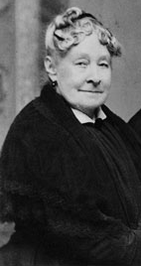 Elizabeth (Key) Howard (1803-1897) Elizabeth (Key) Howard (1803-1897) A story written by another Key granddaughter, Julia McHenry Howard, tells of the impetus of the Key family coming to the area: "In 1857, Mrs. Charles Howard (Elizabeth Phoebe Key) and her children and her mother, the widow of Francis Scott Key, were spending a very hot summer in the hotel at the Relay. The B. & O. had not been running through to the Ohio River, and to see the late afternoon train come through from the west was quite an event. One afternoon, a steward, formerly a butler in Mrs. Howard's home, stepped off the coach for a minute, and recognizing Mrs. Howard, told her that they had, that morning, come through a place where the ladies were walking up and down the platform wearing blankets, shawls, and the station railing was hung with rattlesnake skins. Next morning Mrs. Howard and Mrs. F. S. Key boarded the train for Oakland. They stayed for some weeks at the old Glades Hotel. In 1858, they went again, doubtless taking other members of the family with them. This time they stayed on a farm, known as Bitzer's near where the road to Monte Vista leaves the old West Union road. Mrs. Francis Scott Key died early in 1859, but Mrs. Charles Howard and various members of her family returned. They were already taking root in Oakland." 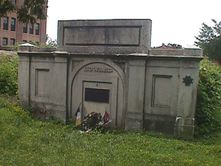 Howard Family Crypt in Old St. Paul's Cemetery (Baltimore) Howard Family Crypt in Old St. Paul's Cemetery (Baltimore) In 1893, Elizabeth Phoebe Key Howard (Key’s daughter) celebrated her 90th birthday in Oakland. All day a stream of visitors poured in, people from Oakland and Deer Park. A large dinner party was given that night. We have a debt of thanks to give Mrs. Howard, as she was person said to have given the family’s consent for her father’s body to be moved from the Howard family vault at Old St. Paul’s Cemetery to Mount Olivet some 27 years earlier. In 1897, Elizabeth Howard died in Garrett County. Her body was sent back to Baltimore by train, where her coffin was covered by an American Flag made of red, white and blue flowers. She would be laid to rest in that same Howard Family vault that once held the remains of her father and mother. Link to streaming video:
F.S. Key and the Song that built America http://www.pbs.org/video/mpt-specials-fs-key-and-song-built-america/ Website to purchase FS Key: After the Song mini-series: www.fskusa.org Netflix official website for Wormwood: https://www.netflix.com/title/80059446 Eric Olson’s website: http://www.frankolsonproject.org/Contents.html Link to streaming video of the BBC’s 2002 documentary: Codename Artichoke http://www.cultureunplugged.com/documentary/watch-online/play/9586/Code-Name-Artichoke
4 Comments
Arlinda Sothoron
1/27/2018 07:43:50 am
Another fascinating article making Frederick history come alive! Thank you for the references. I have already watched the Netflix series and will seek out the Key one.
Reply
Jocelyn Wetzel
1/27/2018 09:02:42 am
Very good article Chris. Keep up the good work.
Reply
Nancy Droneburg
2/8/2021 07:45:44 pm
Another great local history lesson
Reply
Darrell Russ
2/27/2024 09:54:45 pm
Chris, you never cease to amaze me. This is amazing.
Reply
Leave a Reply. |
STORIES
|
Archives
July 2024
June 2024
May 2024
April 2024
March 2024
February 2024
January 2024
December 2023
November 2023
September 2023
August 2023
July 2023
June 2023
May 2023
April 2023
March 2023
February 2023
January 2023
December 2022
November 2022
October 2022
September 2022
August 2022
July 2022
June 2022
May 2022
April 2022
March 2022
February 2022
January 2022
December 2021
November 2021
October 2021
September 2021
August 2021
July 2021
June 2021
May 2021
April 2021
March 2021
February 2021
January 2021
December 2020
November 2020
October 2020
September 2020
August 2020
July 2020
June 2020
May 2020
April 2020
March 2020
February 2020
January 2020
December 2019
November 2019
October 2019
September 2019
August 2019
July 2019
June 2019
May 2019
April 2019
March 2019
February 2019
January 2019
December 2018
November 2018
October 2018
September 2018
August 2018
July 2018
June 2018
May 2018
April 2018
March 2018
February 2018
January 2018
December 2017
November 2017
October 2017
September 2017
August 2017
July 2017
June 2017
May 2017
April 2017
March 2017
February 2017
January 2017
December 2016
November 2016

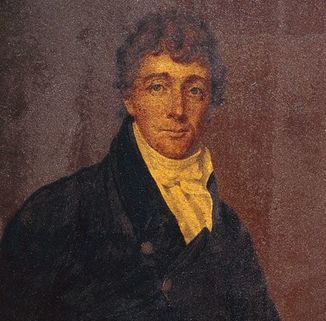
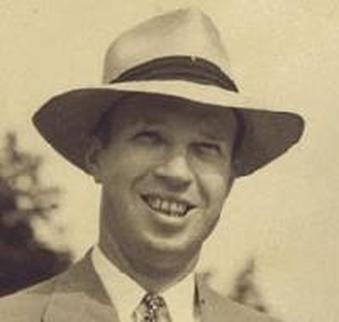
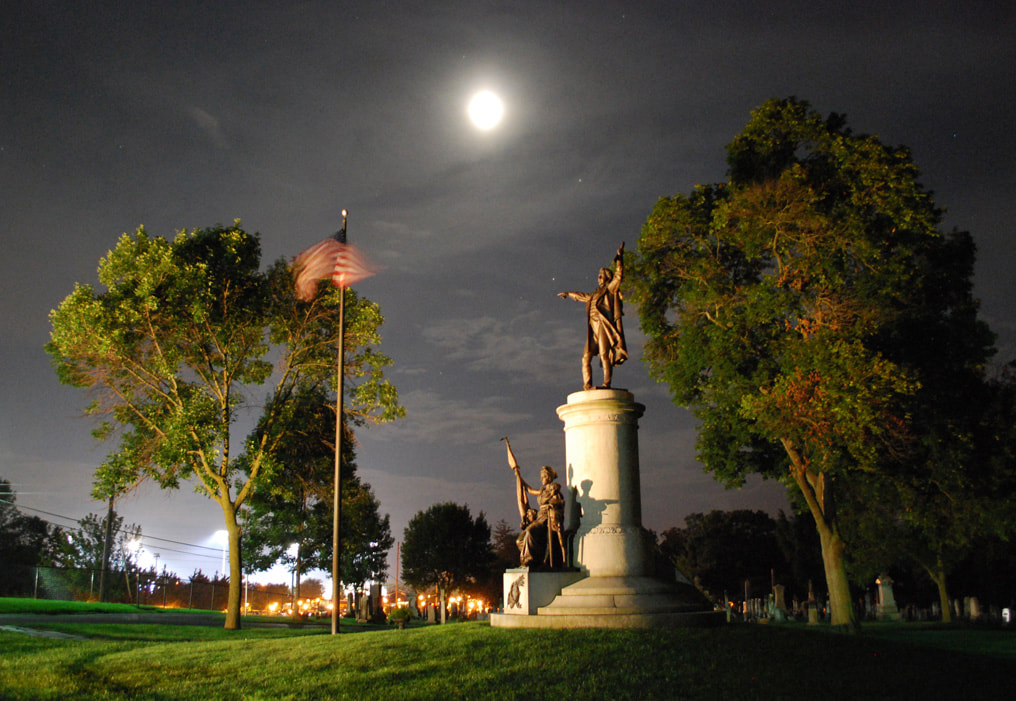
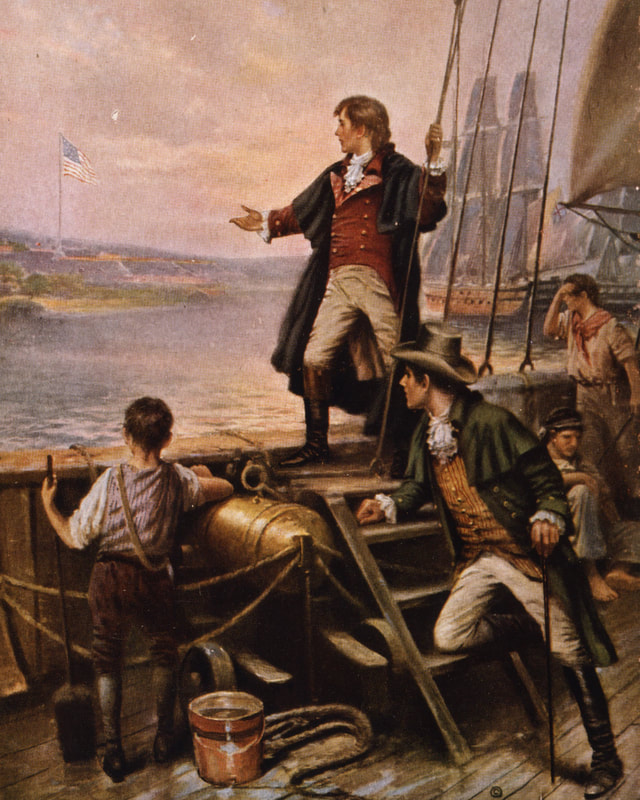

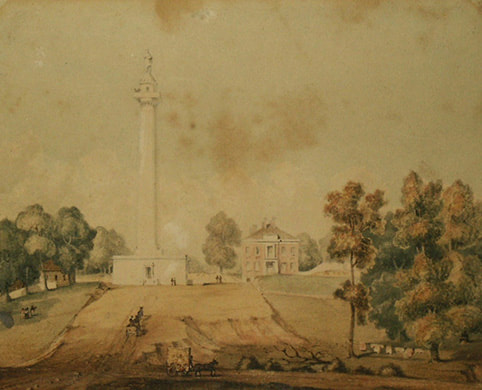
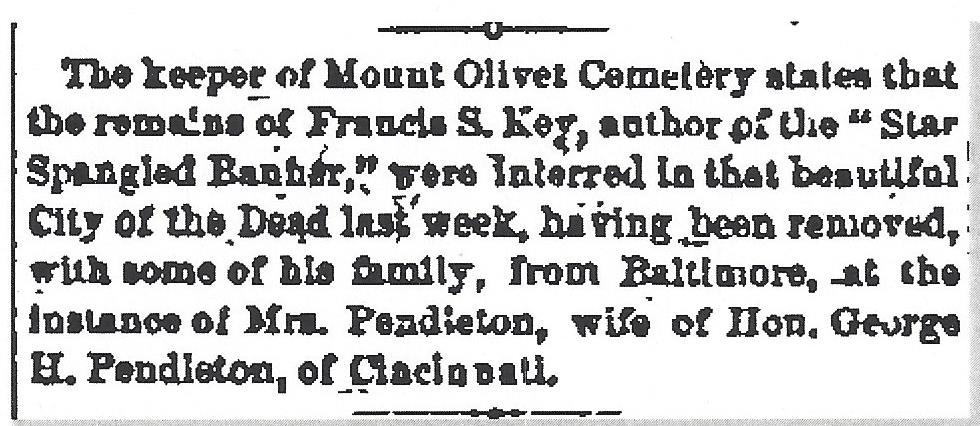
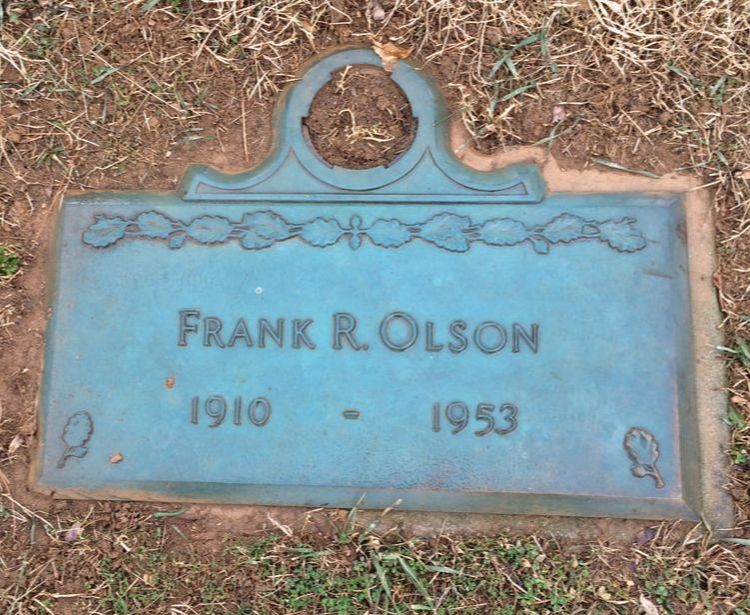
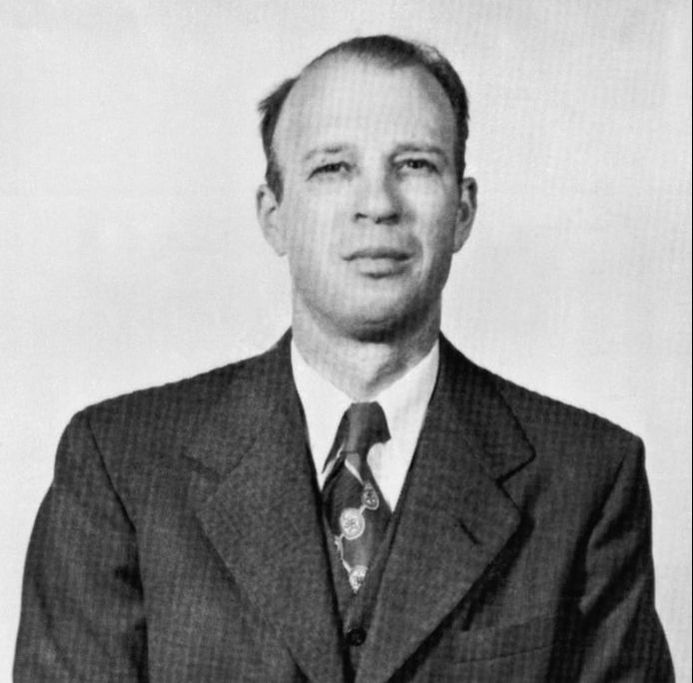

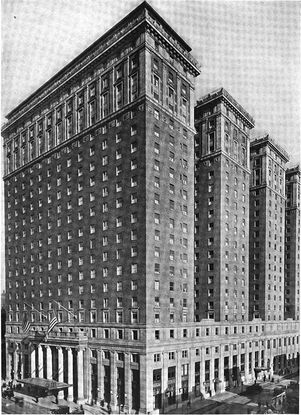
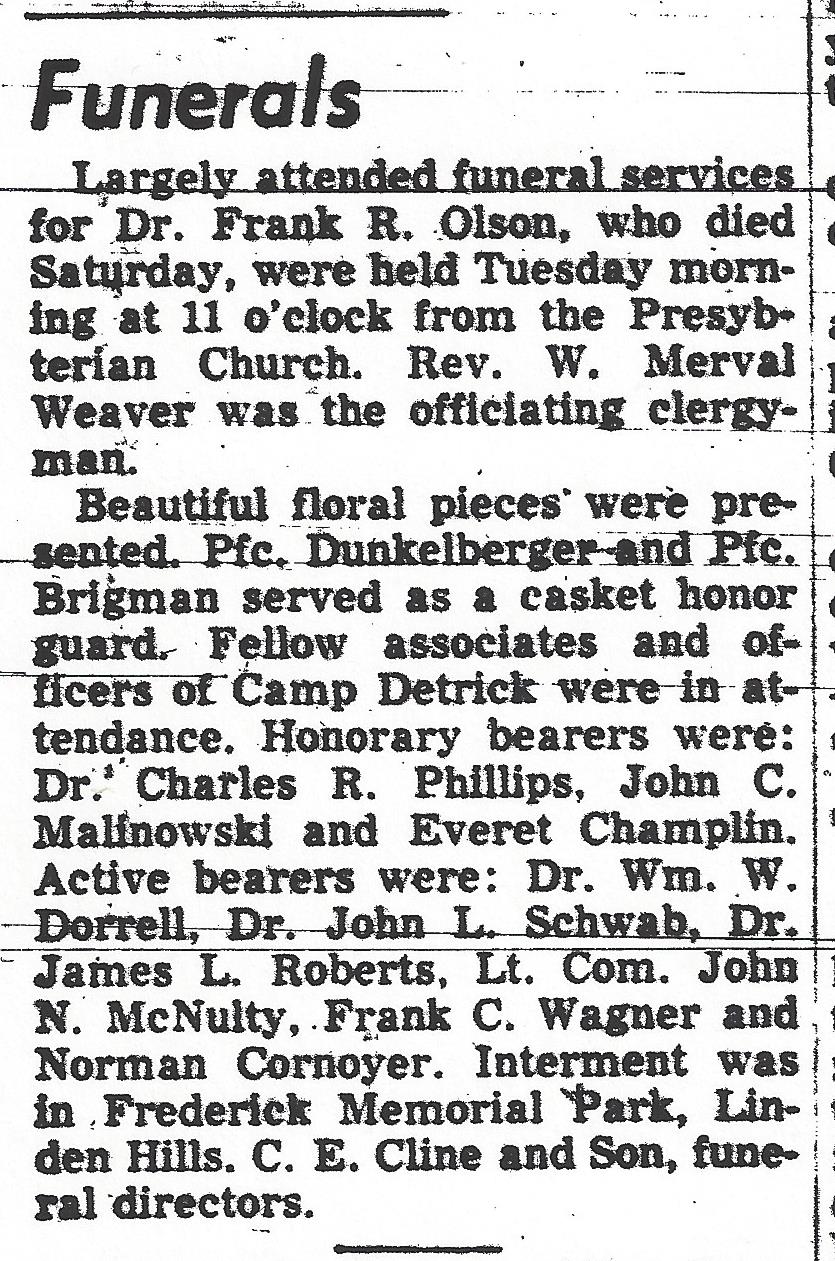
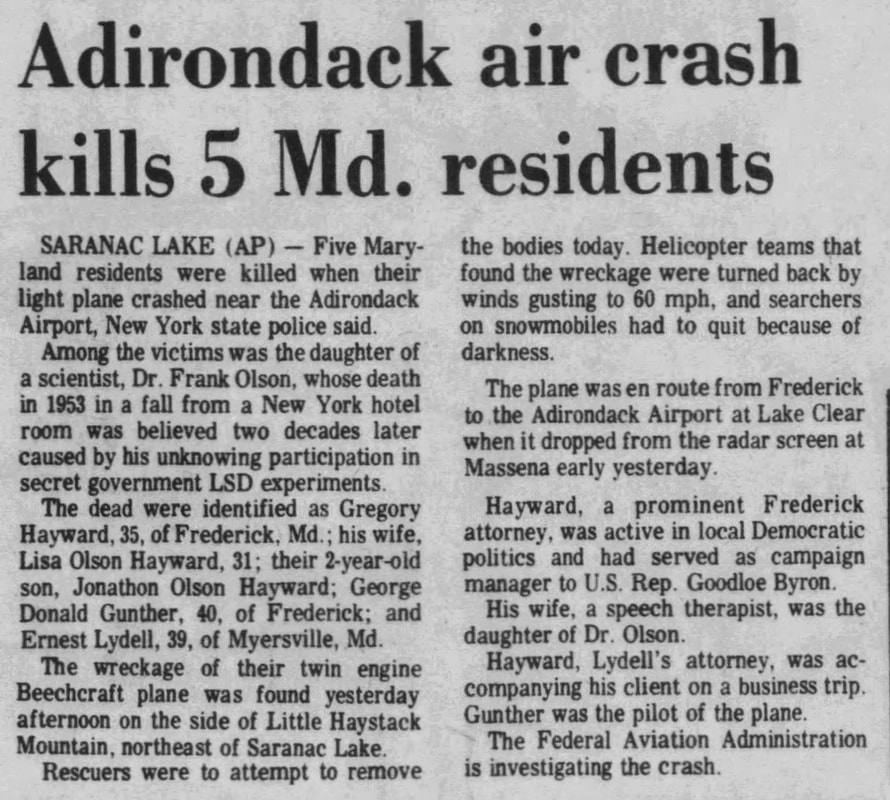
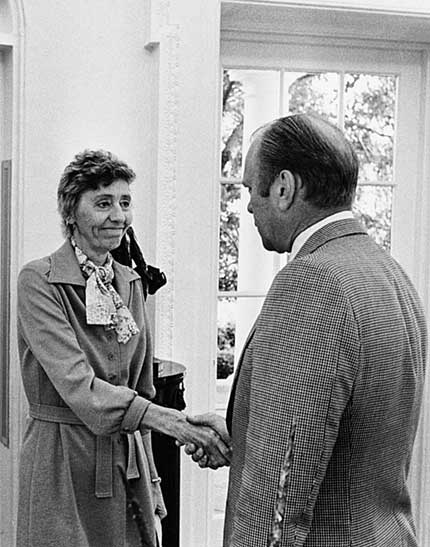
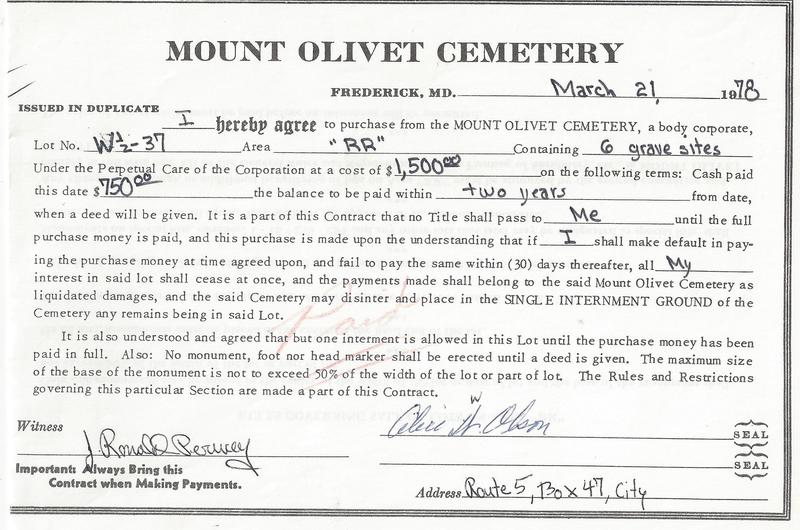
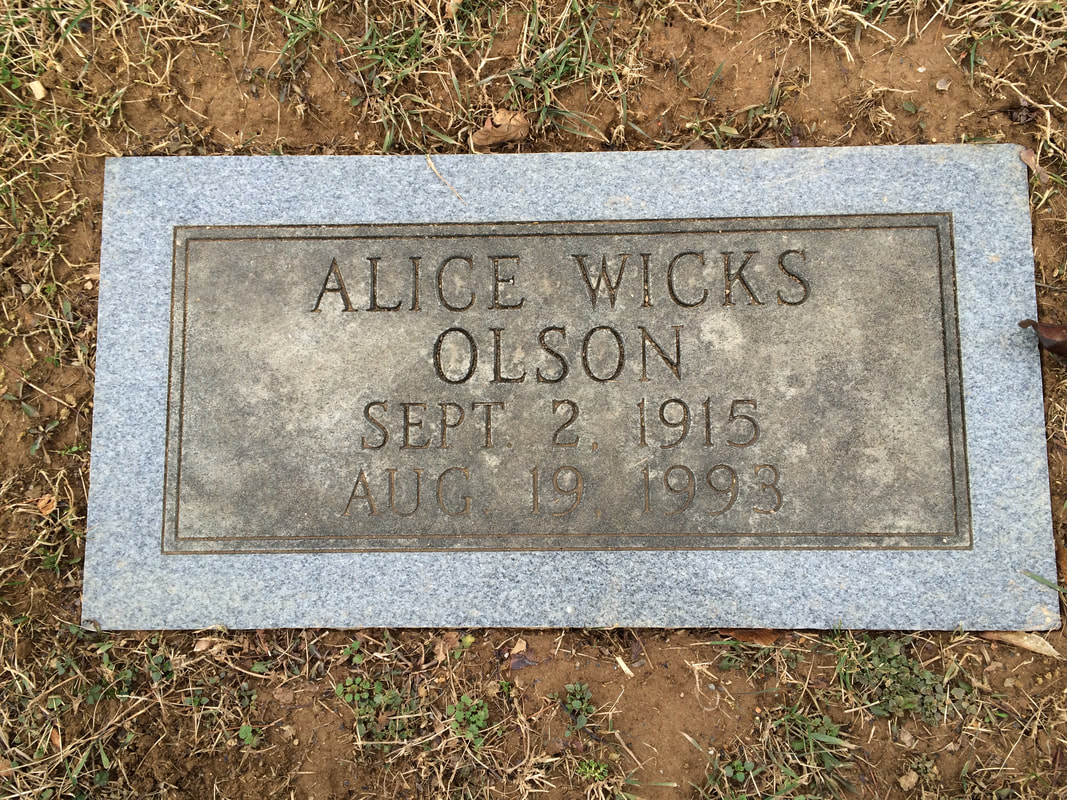
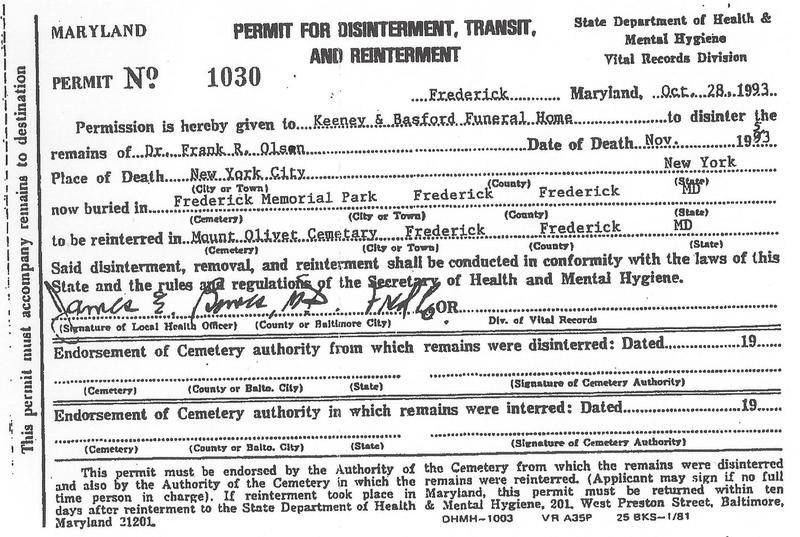
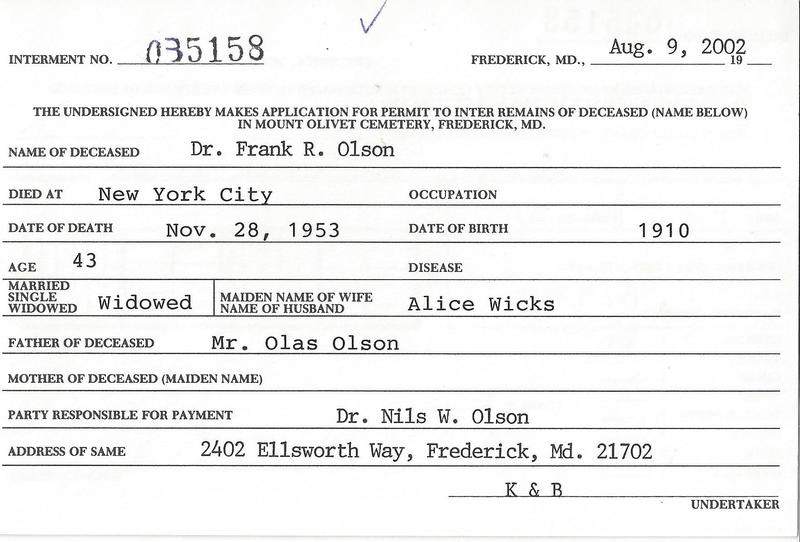
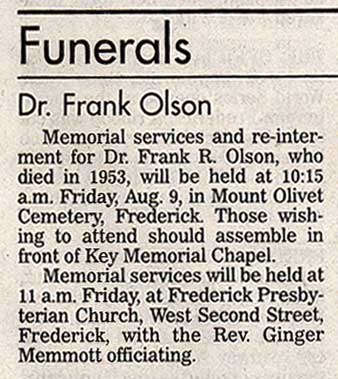




 RSS Feed
RSS Feed